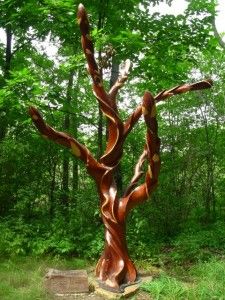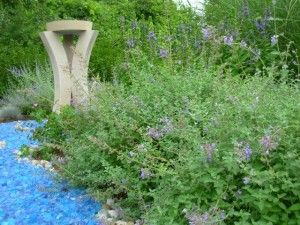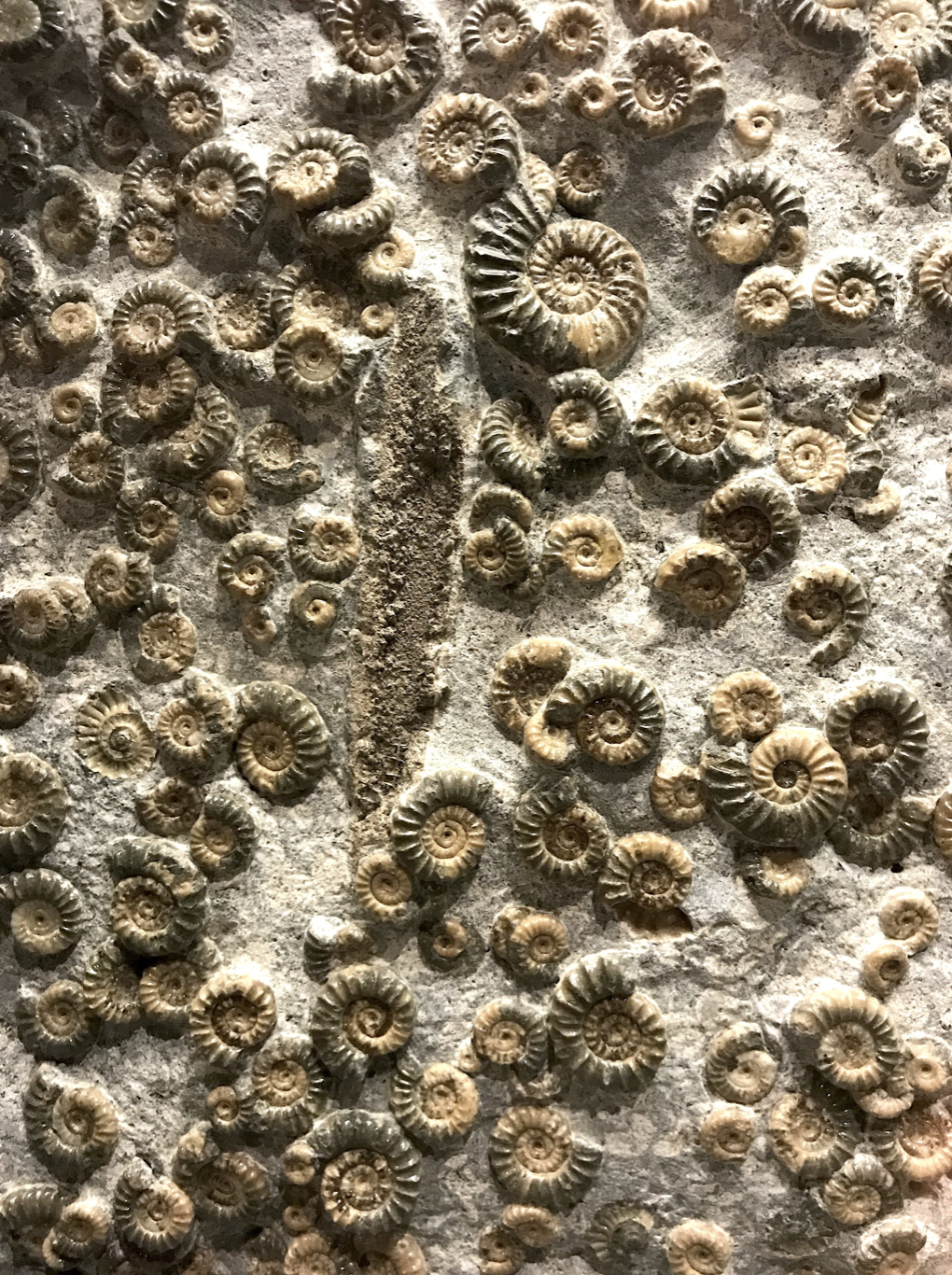“I’m going to come back here every time we come. Every time,” said my younger son.
It was the fourth of July weekend, and he and I found ourselves at the nearest urgent care clinic — again. We had come the week before, hurriedly, first thing in the morning, his brother and sister in tow, half his face swollen. He was reacting to poison ivy. I peppered him about his breathing; fortunately, it remained normal. He only needed an oral steroid. I probably could have used a Valium.
The medicine did its work on him, but five days later, fishing with Dad, he was re-exposed. He was still on the steroid, so I wasn’t sure what would happen, but by the weekend, we were back. With no other children, no other cars, no other patients, and nowhere to rush off to, the hazy afternoon sun set our pace. We pulled in to the lot, and when we got out, I headed toward the door. My boy stopped.
“Did you see that over there?” he said.
I don’t even think I looked. My mind was elsewhere. My mind is often elsewhere, undoing what’s been done, imagining what might happen. In my thoughts, it’s a quick trip between contact dermatitis and Armageddon.
“Something tall and shiny, in the woods,” he said.
I muttered something non-committal, something about maybe checking it out later, after we saw the doctor. But my dear child would not let it go. As we came out of the building, he pointed to the woods.
There was a sign that said: Garden of Healing and Renewal.

We walked past our car and through the gate. My son went straight to the metal that had issued the invitation: a sculpture, somewhere between a mobile and a weather vane, maybe 20 feet high. Two branches, each branch holding two leaves, spun and chased each other, powered by the breeze. He stared, striving to discern a pattern in its dance. I watched him, surrounded by black-eyed susans and day lilies and roses and butterfly bushes.
I could see more metalwork, tucked away in a wooded spot to our right. They turned out to be giant dragonflies perched in the trees. My son then took the lead, exploring the flowers, the benches and Adirondack chairs, the art. He delighted in everything, alternately running from display to display, and then sitting and watching.
All this happened in the opening courtyard of the garden, but more paths beckoned to the right and to the left. We made our choice, passing a labyrinth, a quote from Einstein carved in stone, a fountain, a resting spot with red benches, rocks, and boulders. We found ourselves at the end of the formal gardens. At that place of transition stood a carved tree, richly colored. My son responded with the joy of a pilgrim discovering a sacred relic. He continued this way around every turn, and I had to set aside my preoccupations just to keep up with him.
We stopped on a bridge to watch a frog. We saw birds take off and land. As we followed their flight, we discovered we were being watched. Carved faces peered out from the woods: a woman, a bearded man, a jester hanging over a bench like a giant’s walking stick.

We found ourselves back in the courtyard. My son gravitated toward the Sky Garden, its birdbath high-rise swimming in a sea of stone, the landscaped shore a violet and dusty blue. I turned to a nearby map, and realized that we were between the medical building and a cancer center. I remembered a similar day, years ago, sitting with my notebook next to my friend Trudi.
Trudi is going to die. Soon, they say, and while I used to think that ‘that’ was a little presumptuous, I see it differently now. … People who work and volunteer at hospice see so much death. I imagine it is like a dance. The steps begin to come together for the patient, until it is the only song she can hear.
I met Trudi at her greenhouse, which was at her farm. She couldn’t be cajoled on the price of her flowers. She liked the blue ones, because of the variety they brought to the garden. So much yellow — so much white and orange — blue’s something you don’t see every day.
… There are bird feeders right in her window. Beyond the feeders is a garden. It’s July, so some of the flowers are in bloom. In the foreground, there are tall, deep, purple plumes on top of reedy stems. A column of thin grass stands to the right. Behind them, some sturdy plants not yet in bloom shoot toward the sky.
The wind was blowing. It still is blowing … and the plants in the garden seem to move all of one accord, but differently. The grass is so active, it flutters and flows. The stately purple flowers shake from side to side. The new growth on the not-yet-in-bloom plants seems to wave. The birds fly in and out, riding the breeze.
… Trudi is dying. She is learning the steps. Soon they will be all she knows in this life, but then the dance will be over and she will find herself leaning on, resting in, sheltered by, the God who cares for the sparrows and arrays the lilies and loves sweet Trudi.
What is it about a garden, this garden, these spaces where people create in and through and with nature? How is it that here I am able to enjoy the moments and at the same time, gain context for the past and the future?
“I’m going to come back here every time we come. Every time,” he said.
He explained it to me, how when you are sick, you just feel so . . . He crunched himself up and made his whole body tense.
He had my full attention again. I knew exactly what he meant.
“But this is like, ahh.”
His shoulders dropped; he took a breath. He looked at me and smiled. Together we stretched a little closer to the sun.



